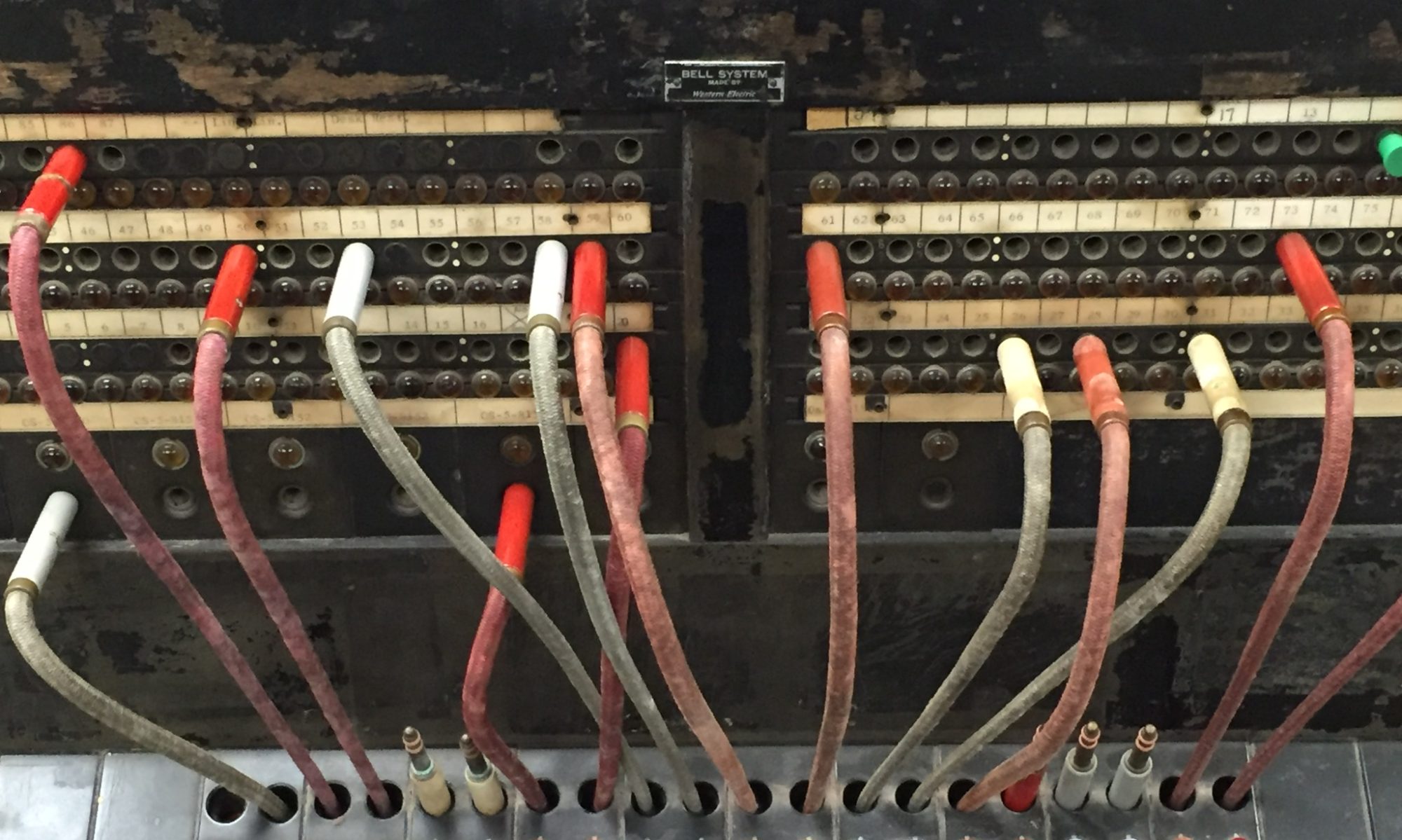While away on vacation last week, I did something that I thought initially to be a lot more difficult than it really is – I tuned in the International Space Station (ISS) and received SSTV images from it! If you didn’t know, the ISS has a ham radio onboard and transmits on the 2 meter band (145.800 specifically), and depending on the situation you may even be able to talk up to it.
You can learn more about the ISS’s amateur radio endeavors here: https://www.ariss.org/
When attending the Dayton Hamvention back in…2016…ish…I learned about amateur radio on satellites and ended buying an Arrow yagi antenna to hopefully work satellites at some point. While the antenna itself is awesome, there’s an art to working satellites and dealing with doppler shift and all that, so I haven’t put too much effort into it just yet. I have tried to use the antenna to receive signals from the ISS, but between the antenna, the cables, and the radio, it was just too much clutter to deal with in the dark back yard, so I shelved it for now.
That said, for just receiving, I made another attempt for kicks and giggles this past week as I was on vacation in the mountains and had a clear line of sight to the sky, clear enough to even see the ISS zoom by. For fun I figured I’d just turn on my cheap Baofeng GT3-TP 2-meter (dual band) radio and tune in 145.800, and lo and behold not only did a signal come in, but it came in CLEAR. I was blown away and managed to record it on my phone. I knew it had to be the ISS, but being a relatively new ham I didn’t know what the signal was. After some quick googling I found the ARISS page linked above, and that they were transmitting SSTV images celebrating astronaut, scientist and ham radio pioneer Owen Garriott.

Further reading led me to the MMSSTV program that decodes the SSTV signal back into pictures, and while it wasn’t perfect, I was blown away that an image started to take shape while playing back the image from my phone (recorded from the radio). I later found the ISS Spotter App (IOS), as well is ISS Tracker web site as well to help determine when the ISS would be passing by, and ended up recording other signals as well over the next couple days.
I’m definitely going to be trying to do more with this and hopefully do more satellite work in the near future.
